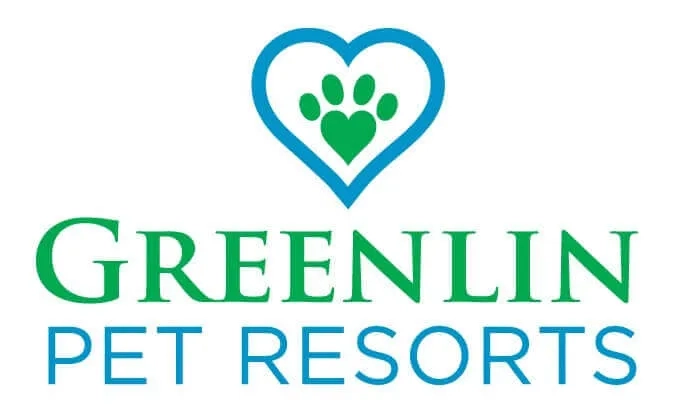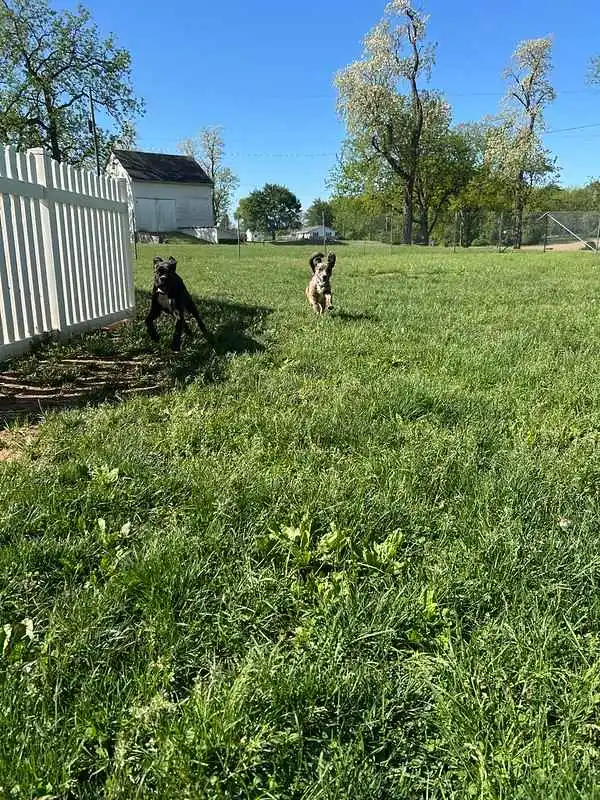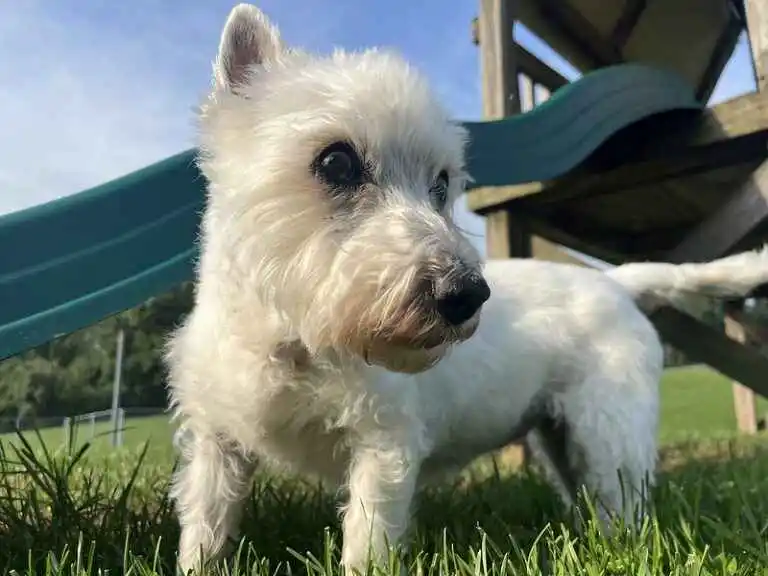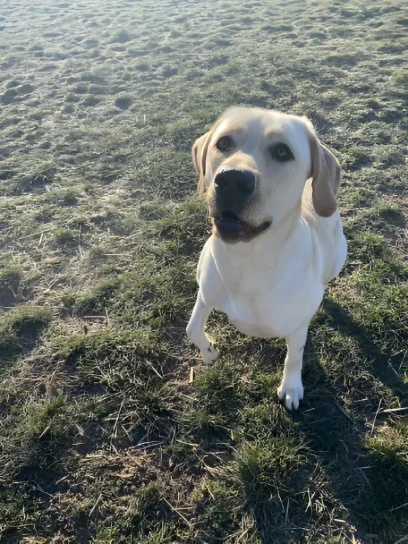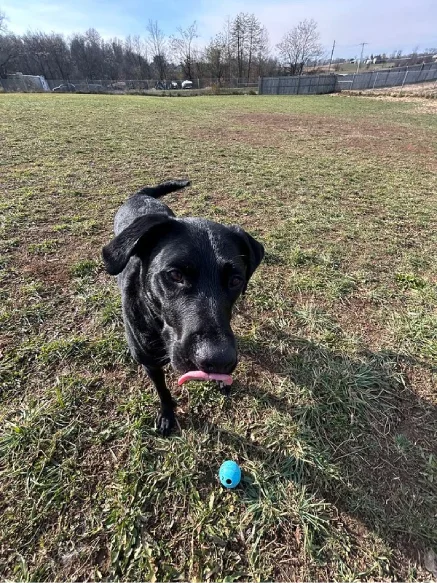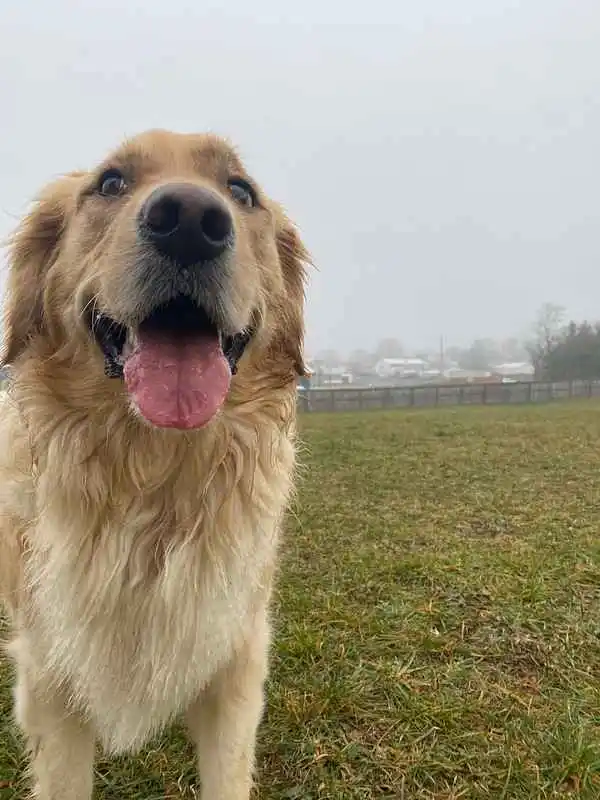Greenlin Pet Resorts Blog
Techniques for Reducing Fear of Loud Noises and Thunderstorms
Loud noises like thunderstorms, fireworks, or even household appliances can trigger anxiety in many pets, especially dogs. If your dog is scared of thunder, you’re not alone. Noise-related fears are among the most common behavioral issues in pets. Fortunately, there are several techniques for reducing fear of loud noises and thunderstorms to help your furry…
Read MoreCurbing Destructive Digging Behavior
If your backyard looks more like a construction site thanks to your dog’s relentless digging, you’re not alone. Many pet parents struggle with this common — and frustrating — canine habit. While digging is instinctual, it can cause serious damage to your lawn, flower beds, and even your furniture if it happens indoors. Fortunately, there…
Read MoreCreating a Pet Friendly Garden
There’s something special about spending time in the garden with your furry best friend by your side. Whether it’s your dog sniffing around your flower beds or your cat lounging in the sun, a backyard garden can be a shared sanctuary for both pets and people. But before you start planting, it’s important to make…
Read MoreThe Science Behind Dogs and Play: Why It’s Essential for Their Health
Playtime isn’t just about having fun—it’s a fundamental part of a dog’s physical, mental, and emotional well-being. Whether it’s a quick game of fetch, wrestling with other pups, or solving a puzzle toy, dogs need regular play to stay balanced and happy. But why is play so essential, and what does science say about it?…
Read MoreCanine Enrichment: Games and Puzzles for Dogs
Dogs can’t talk, for better or worse, but they can still communicate their boredom in ways that are impossible to ignore. They may bark, dig, chew, or get too excited. These unwanted behaviors indicate that the dog is yearning for some sort of stimulation, often stemming from instinctual behaviors they’d like to act out. To…
Read MoreThe Evolution of Dog Breeds and Their Roles
Dogs and humans share common threads of history. Our relationship can be traced back tens of thousands of years — possibly even hundreds of thousands, by some estimates. Experts theorize that dogs were first domesticated towards the end of the last ice age. That would mean dogs have been around longer than pottery, farming, or…
Read MoreUnderstanding Your Dog’s Sleep Patterns
A good night’s rest is the foundation for a productive day — not just for humans, but for dogs, too. From puppyhood to the golden years, a healthy sleep pattern is essential for a dog’s well-being. We humans can relate! No one works well after uncomfortable, interrupted sleep. Getting enough sleep can impact dogs’ learning…
Read MoreTraining Tips for Sporting Dogs
Sporting dogs are among the most loyal and obedient types of breeds. These dogs were bred as hunting companions that could perform specific prey-related duties, including pointing at it, retrieving it, and flushing it out. Crucially, unlike dogs bred strictly for hunting and tracking, sporting dogs are supposed to perform all of their duties directly…
Read MoreEssential Dog Supplies for New Owners
Getting a new dog is exciting, but it’s also a big transition. You’ll be responsible for welcoming your canine companion to their new home. As such, they’ll be relying on you for all the creature comforts they need to live a healthy, happy life. Technically, dogs don’t need much, but we’d say there are a…
Read MoreGuide to Finding Dog-Friendly Cafes and Restaurants
Let’s face it: one of the hardest parts of owning a dog is turning away from their saddened face when you leave them behind. Sometimes, it’s impossible to let your dog tag along, but in other cases, bringing them out for a doggy adventure can be a fun bonding experience. Fortunately, many local hangout spots…
Read More